Backyards used to be all about swing sets, flower beds, and a grill parked next to a big lawn. But as lifestyles change, climate concerns grow, and design preferences shift, many once-common outdoor features are fading from the suburban landscape. Some of them are too costly, some too high-maintenance, and others have simply fallen out of fashion. If you grew up with these staples, you might be surprised to see how many are quietly disappearing.
1. Expansive Lawns
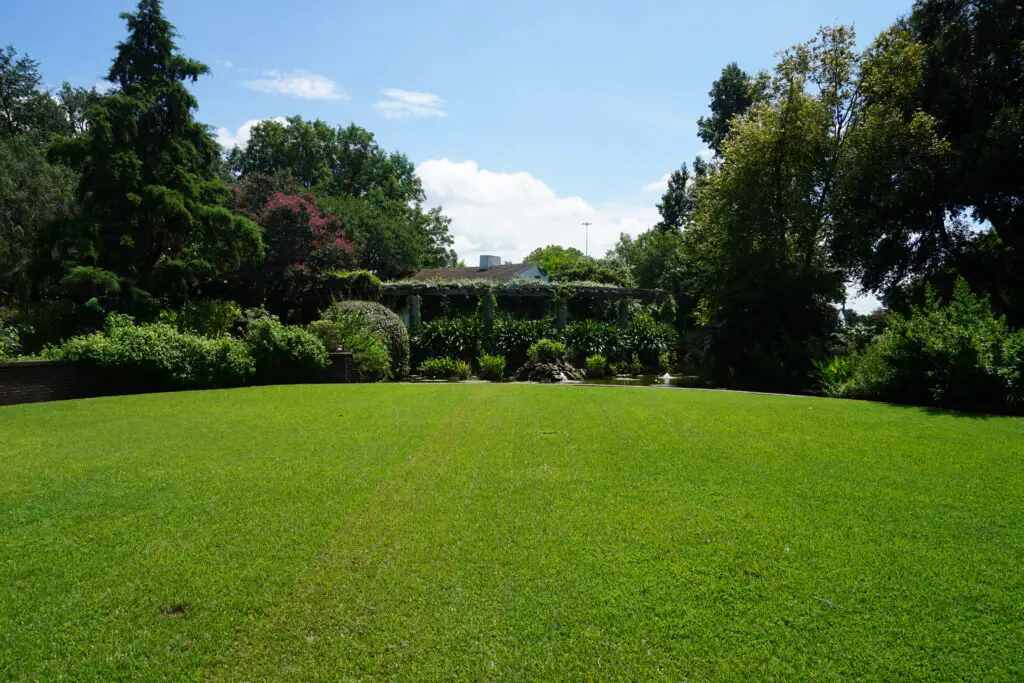
According to Forbes, large grassy lawns are becoming a luxury fewer homeowners want to maintain—or can afford. Between water restrictions, rising utility costs, and growing environmental awareness, the idea of a pristine lawn is losing its appeal. Many people are trading grass for drought-resistant landscaping, especially in western states dealing with water scarcity. It’s no longer about the greenest lawn on the block—it’s about sustainability and smart use of space.
Maintaining a traditional lawn can be both labor-intensive and expensive. Mowing, watering, and fertilizing all add up, both financially and in terms of time. For younger homeowners, especially, the ROI just isn’t there. Instead, they’re opting for gravel, native plants, or artificial turf.
2. Built-In Fire Pits
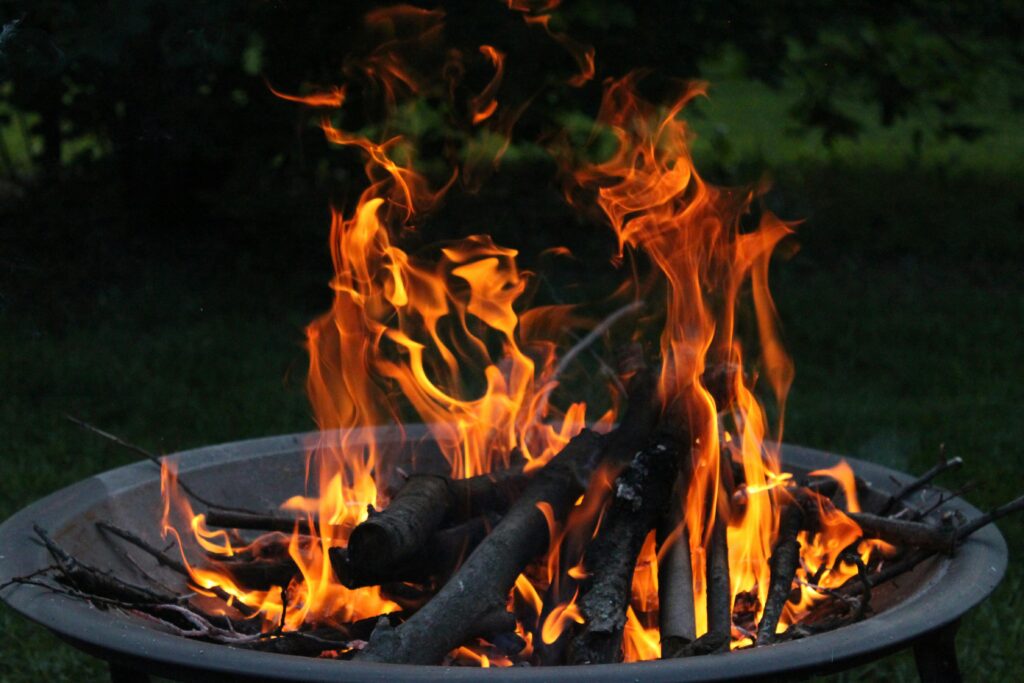
As noted by Bob Vila, fire pits were once a major selling point, but interest is beginning to cool—particularly with increasing fire regulations in certain areas. While they were trendy a few years ago, today’s buyers may see them as more risk than reward. In drought-prone states like California, homeowners are becoming cautious about anything involving open flames. Plus, changing backyard use patterns mean fewer people are hosting outdoor gatherings that last late into the night.
Fire pits also require upkeep, permits, and sometimes insurance adjustments. Not to mention, smoke drift can create tension with neighbors. For many, a stylish patio heater or electric fireplace feels safer and simpler. The fire pit isn’t gone entirely—but it’s definitely not the backyard essential it once was.
3. Large Decks
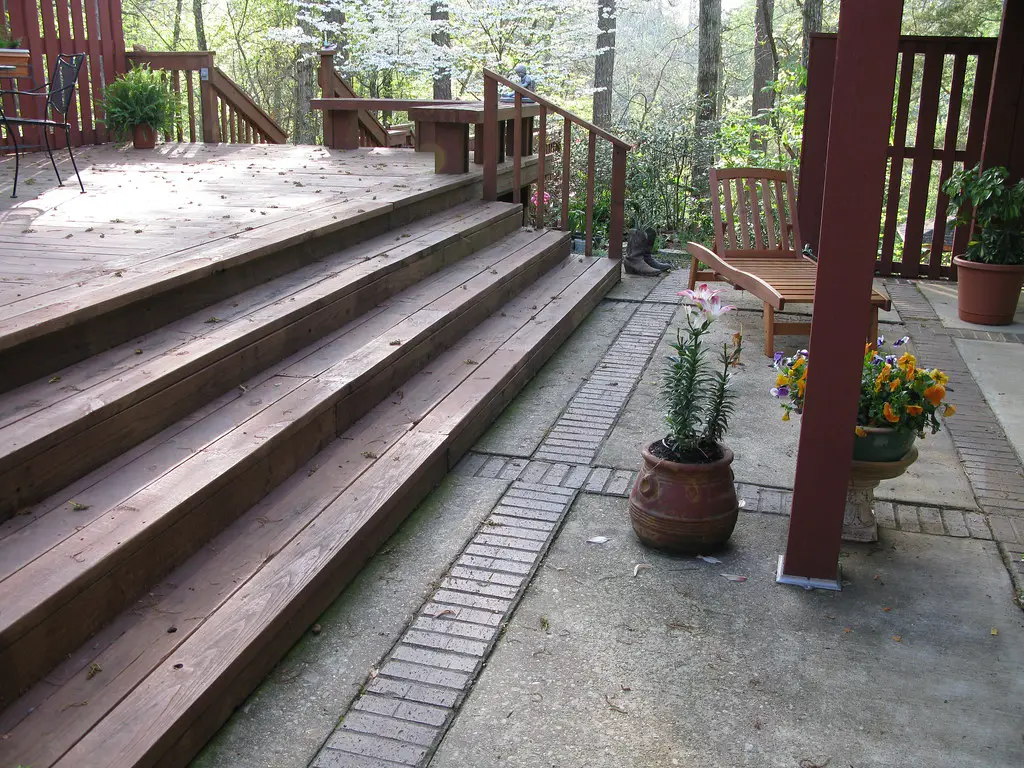
Decks used to be a go-to way to add outdoor square footage, but their popularity has started to decline, according to Realtor.com. Part of the reason is the cost—wood prices have skyrocketed, and composite materials are still pricey. There’s also the matter of maintenance; wood decks can rot, splinter, and fade without regular care. For many homeowners, the effort doesn’t match the payoff.
Newer outdoor spaces often focus on stone patios or covered terraces instead. These options are more durable and often better suited to modern outdoor living styles. Decks still work in some climates, but fewer people want to commit to the upkeep. Today, low-maintenance and long-lasting wins out over traditional charm.
4. Garden Sheds

According to The Spruce, garden sheds are becoming less common as homeowners scale back on outdoor tools and storage needs. With smaller yards and less interest in hands-on gardening, the average person simply doesn’t need a full shed anymore. In addition, HOAs and zoning laws in some areas are limiting their use or requiring permits for installation. It’s one of those backyard staples that’s quietly disappearing—especially in newer developments.
Sheds can also attract critters, create clutter, and take up valuable square footage. And for those trying to maximize resale value, they’re not necessarily a draw. People would rather have open yard space or extend their patios. Tool storage is moving into garages, closets, or even disappearing altogether with the rise of minimalism.
5. Swing Sets
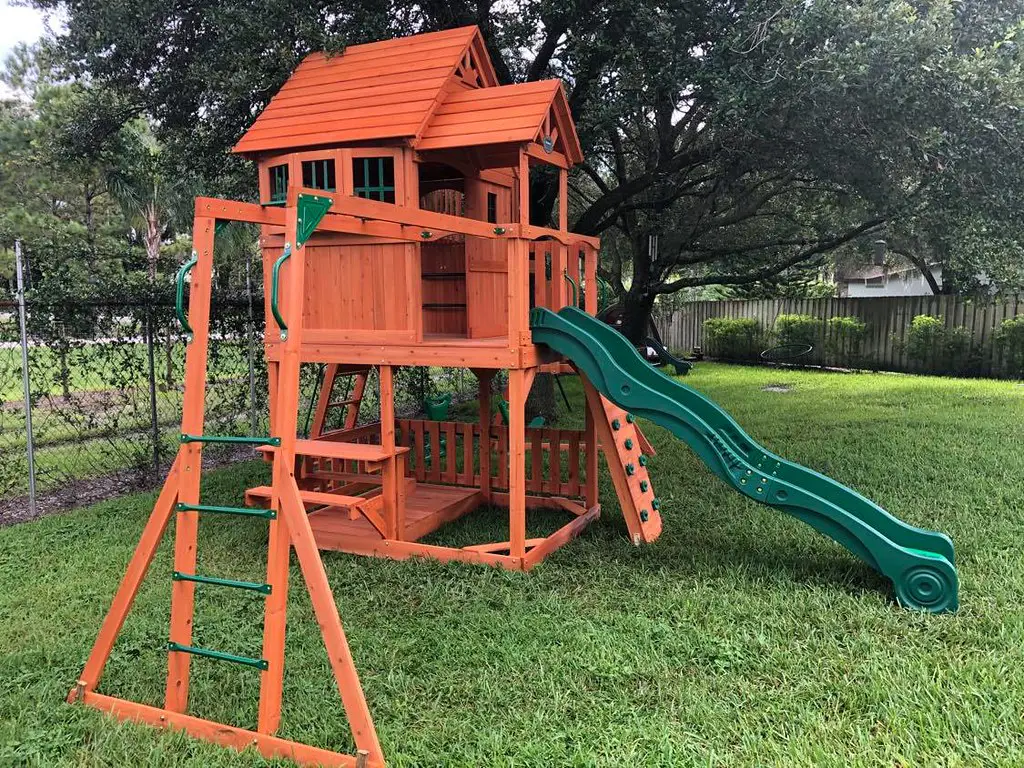
For decades, swing sets were a childhood rite of passage—but these days, you’re far less likely to spot one in a backyard. With fewer kids playing outside and increased liability concerns, many parents are opting out. Homeowners may also remove old swing sets before selling, as they’re often considered a safety risk. And let’s face it: They take up a lot of space for something that only gets used for a few years.
Plastic and wooden sets also deteriorate quickly in harsh weather. Unless they’re well maintained, they can become an eyesore. Many families now prefer trips to local parks instead of dedicating backyard space to playground equipment. As a result, swing sets are slowly becoming a thing of the past.
6. Above-Ground Pools

Above-ground pools surged in popularity during the early pandemic years—but they’re fading fast in 2025. As travel resumed and people returned to gyms and community centers, those big backyard tubs started to feel like maintenance headaches. They’re also not very attractive from a real estate perspective. Many buyers see them as temporary, risky, or downright ugly.
Insurance costs and safety regulations also play a role in their decline. Homeowners have to install fencing and signage, which can get expensive fast. And with so many newer homes offering community amenities, personal pools are less of a necessity. If anything, the current trend leans more toward splash pads or sleek built-in designs—if any pool at all.
7. Compost Bins
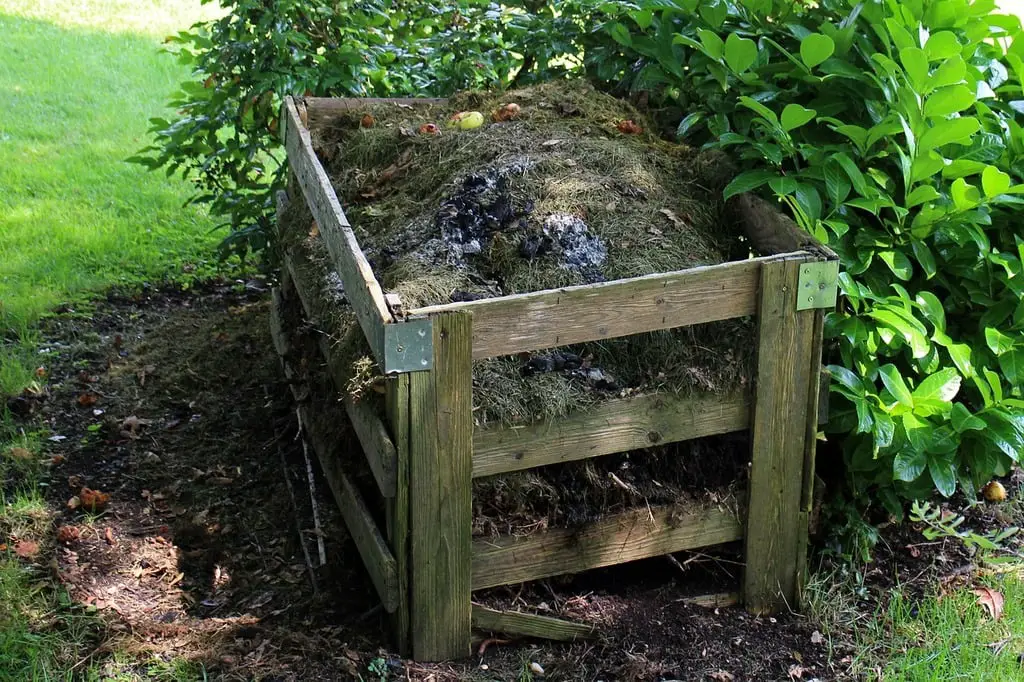
While composting is still trendy in eco-conscious circles, backyard compost bins are on the way out. The reasons? Smell, mess, pests, and a learning curve that not everyone wants to tackle. Many municipalities now offer curbside compost programs, which removes the need for DIY setups.
People also prefer composting indoors with kitchen bins or worm farms, which are less intrusive. Backyard bins, on the other hand, can quickly become overrun with flies and raccoons if not carefully maintained. And for homeowners trying to keep their yards visually tidy, they’re often considered more hassle than they’re worth. The movement hasn’t vanished—it’s just taken a new shape.
8. Tiki Torches
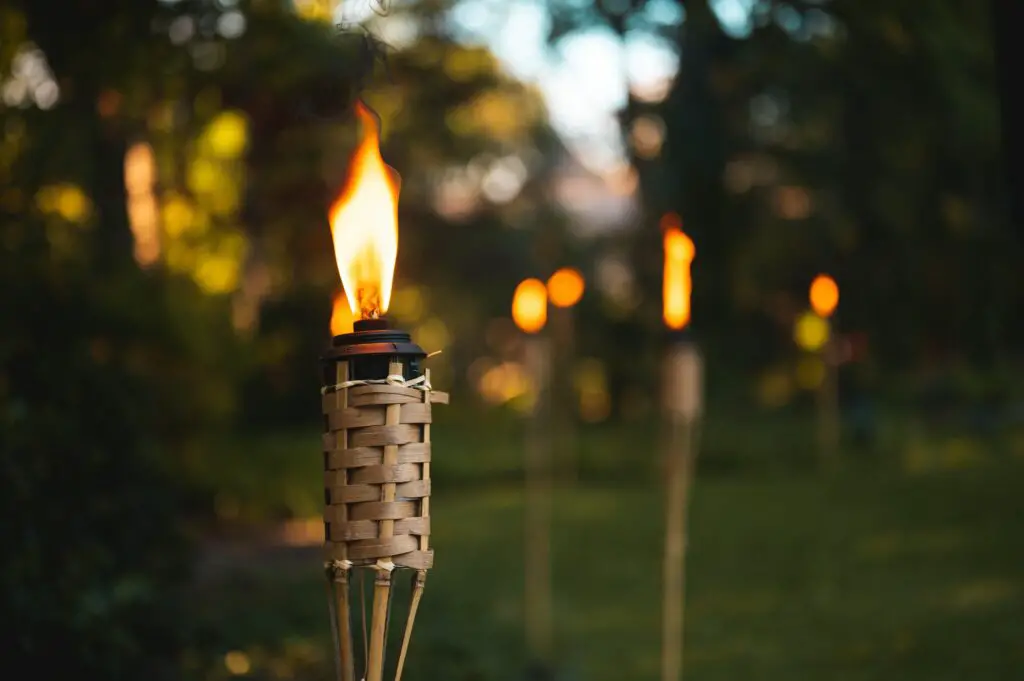
There was a time when tiki torches were synonymous with backyard parties and summer evenings. But now they’re often seen as tacky or outdated. Concerns about fire safety and environmental impact have also contributed to their decline. Plus, they’re no longer viewed as a tasteful part of modern outdoor decor.
Mosquito-repelling alternatives like citronella candles, electric zappers, or built-in systems have replaced them. Many homeowners also prefer more minimalist lighting setups, such as solar-powered garden lights. Tiki torches might still show up at themed parties—but they’re no longer a backyard staple. In most neighborhoods, they’ve quietly flickered out.
9. Decorative Fountains
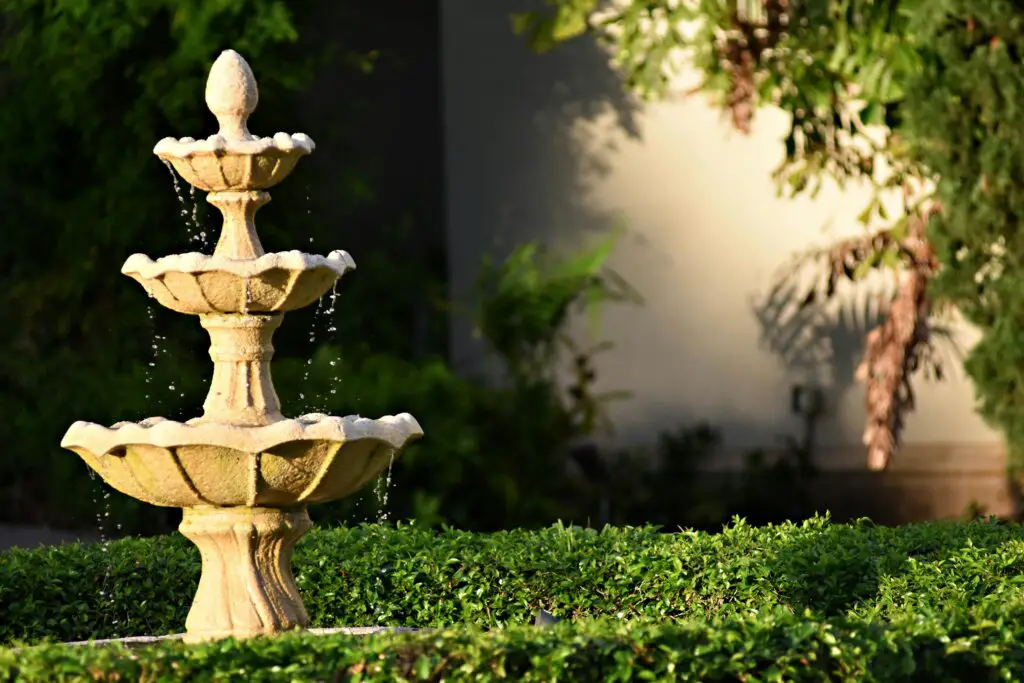
Once a luxurious touch, garden fountains are disappearing due to maintenance and water usage concerns. They require pumps, cleaning, and a constant flow of water—something that’s harder to justify during droughts or conservation efforts. Fountains also attract algae, bugs, and debris, which makes upkeep a frequent task. For many, the ambiance just isn’t worth the effort.
More homeowners are opting for birdbaths, small ponds, or simply focusing on native plants instead. Modern backyard design leans toward practical and eco-friendly. If there’s a water feature, it’s often modest and self-contained. The grand, gurgling centerpiece is becoming rare.
10. Outdoor Kitchens
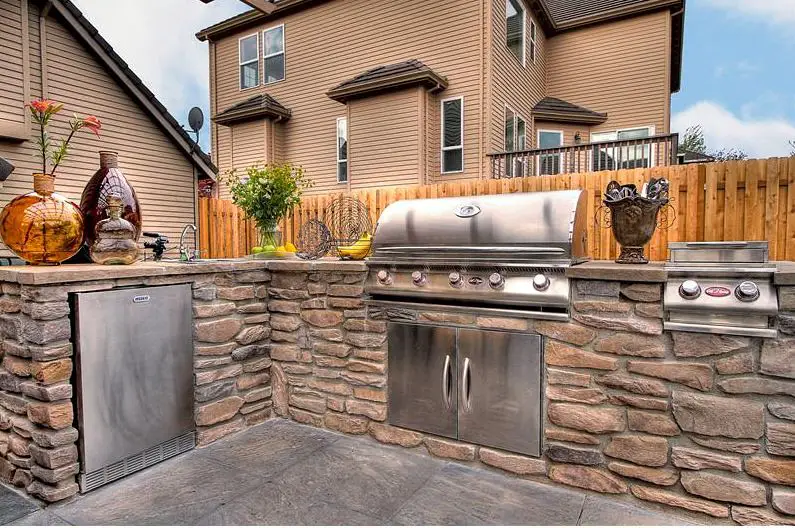
Outdoor kitchens had a moment—but their popularity is cooling off in 2025. These setups can cost tens of thousands of dollars, and many people realize they don’t actually use them that often. Built-in grills, sinks, and fridges look impressive, but they require weatherproofing and regular maintenance. Plus, many homes already have easy access to their indoor kitchens just a few steps away.
People are downsizing to simple grilling stations or portable pizza ovens. These smaller options provide the same entertainment value with far less commitment. Outdoor kitchens still show up in luxury builds, but they’re no longer on every renovator’s wish list. The backyard bar-and-burger fantasy has met reality—and reality is simpler.
11. Clotheslines
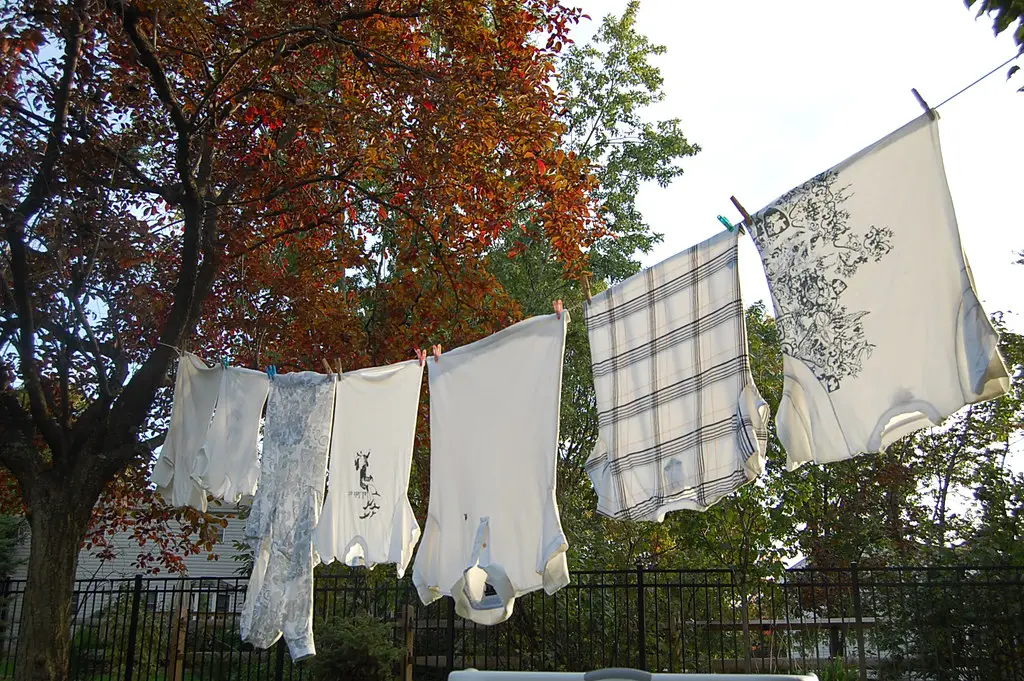
Remember those backyard clotheslines your grandparents used? They’re nearly extinct now. Most HOAs ban them for aesthetic reasons, and even where allowed, they’ve fallen out of use. Modern dryers are faster, quieter, and take up zero yard space.
While some eco-conscious households still hang dry on sunny days, it’s no longer the norm. Many younger homeowners don’t even know how to set one up. They’re seen as old-fashioned and impractical, especially in smaller or shared yards. Like so many retro features, the clothesline is more nostalgia than necessity now.
